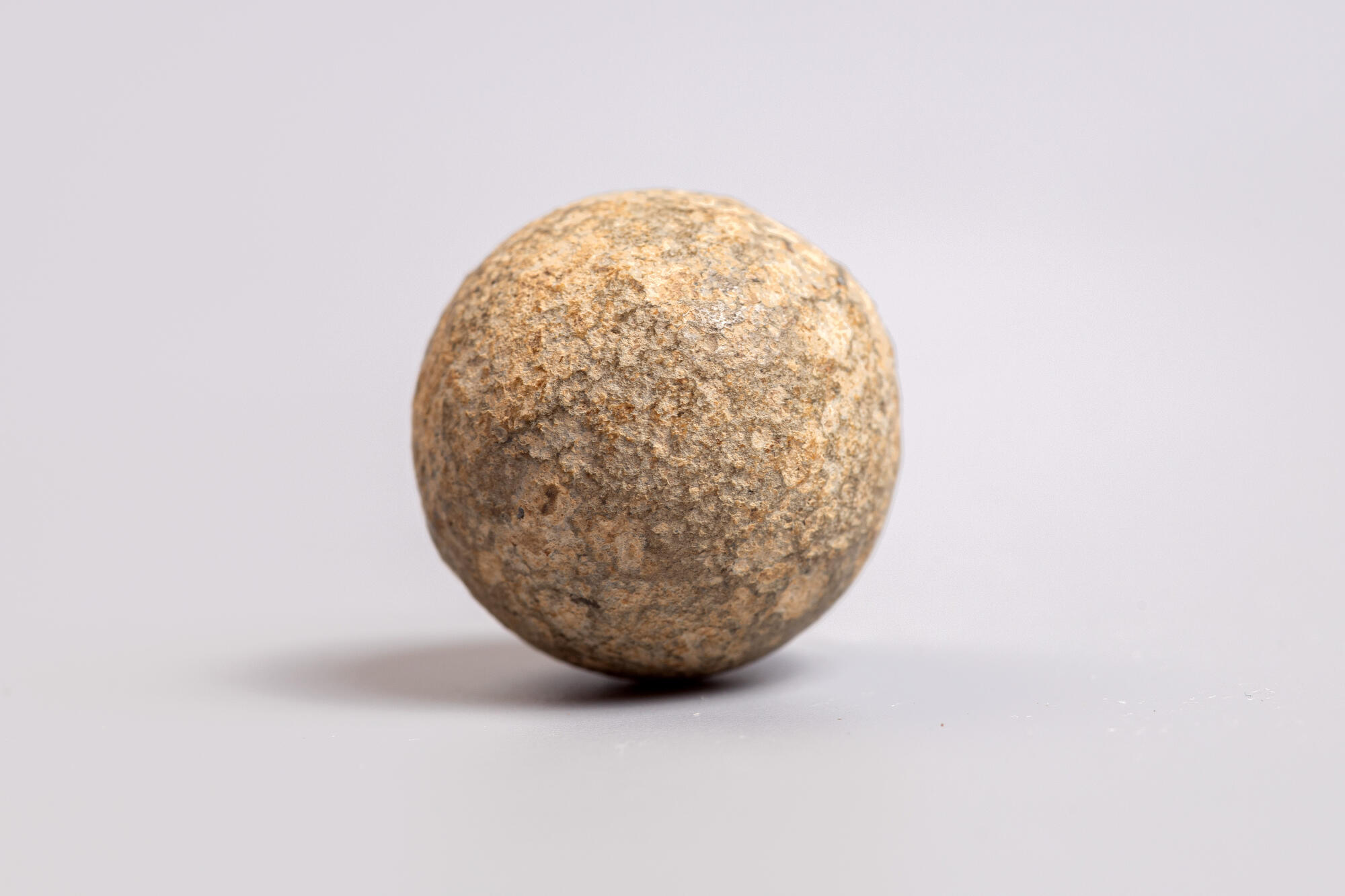The first firearms (hand cannons) used pieces of lead as bullets. Sometimes the bullets were made from iron or some other metal. The shape of the bullets was usually close to spherical, but this was not considered mandatory.
The diameter of the first bullets could be significantly less than the caliber of the weapon. This was partly due to the low level of technology, as well as the lack of knowledge in ballistics. With the spread of firearms in European armies, bullets began to be made almost exclusively from lead, and the armorers tried to make them perfectly round. In the 16th century, a European musket bullet weighed up to 52 g, and its caliber reached 21.6 mm.
By the end of the 17th century, a type of infantry, smooth-bore gun with a caliber of 16–18 mm (in Russia — 17.78 mm) appeared in Europe — the bullet then weighed about 25.6 g. Its diameter still did not match the caliber of the weapon.
If the gun was used for a long time, its barrel, which was loaded from the muzzle with a ramrod, inevitably wore out, and its caliber gradually increased, and the gap between the walls of the barrel and the bullet also increased. This negatively affected the accuracy and range of fire. This problem was especially acute in Russia, where the soldiers cleaned the barrels with crushed bricks.
The bullets from the collection of the Museum “The Smolensk Fortress” weigh from 50 to 60 grams. They were made for large-caliber muskets. The term “musket”, like most other names for muzzle-loading weapons, is rather arbitrary. This was also the name given to heavy matchlock guns of the 15th and 16th centuries, as well as guns with a percussion flintlock from the 17th to the 19th centuries. A volley of musketeers could stop armored riders.
A 50 g bullet flew out of the barrel at a speed of 500 m/s and could easily pierce metal armor. The huge power of the weapon was accompanied by a large recoil force. The first rifle regiments were equipped with metal helmets and had a special pad that was placed on the shoulder as a shock absorber.
Firing could only be carried out with a support, so the first muskets were considered more suitable for defending a fortress. They were used by fortress garrisons and crews in the navy. The heavy weight, the need for a support and the difficult process of loading required the efforts of two people.
The diameter of the first bullets could be significantly less than the caliber of the weapon. This was partly due to the low level of technology, as well as the lack of knowledge in ballistics. With the spread of firearms in European armies, bullets began to be made almost exclusively from lead, and the armorers tried to make them perfectly round. In the 16th century, a European musket bullet weighed up to 52 g, and its caliber reached 21.6 mm.
By the end of the 17th century, a type of infantry, smooth-bore gun with a caliber of 16–18 mm (in Russia — 17.78 mm) appeared in Europe — the bullet then weighed about 25.6 g. Its diameter still did not match the caliber of the weapon.
If the gun was used for a long time, its barrel, which was loaded from the muzzle with a ramrod, inevitably wore out, and its caliber gradually increased, and the gap between the walls of the barrel and the bullet also increased. This negatively affected the accuracy and range of fire. This problem was especially acute in Russia, where the soldiers cleaned the barrels with crushed bricks.
The bullets from the collection of the Museum “The Smolensk Fortress” weigh from 50 to 60 grams. They were made for large-caliber muskets. The term “musket”, like most other names for muzzle-loading weapons, is rather arbitrary. This was also the name given to heavy matchlock guns of the 15th and 16th centuries, as well as guns with a percussion flintlock from the 17th to the 19th centuries. A volley of musketeers could stop armored riders.
A 50 g bullet flew out of the barrel at a speed of 500 m/s and could easily pierce metal armor. The huge power of the weapon was accompanied by a large recoil force. The first rifle regiments were equipped with metal helmets and had a special pad that was placed on the shoulder as a shock absorber.
Firing could only be carried out with a support, so the first muskets were considered more suitable for defending a fortress. They were used by fortress garrisons and crews in the navy. The heavy weight, the need for a support and the difficult process of loading required the efforts of two people.





